How to prune tomato plants to ensure a delicious harvest
It doesn't take long, but you'll be rewarded for this effort
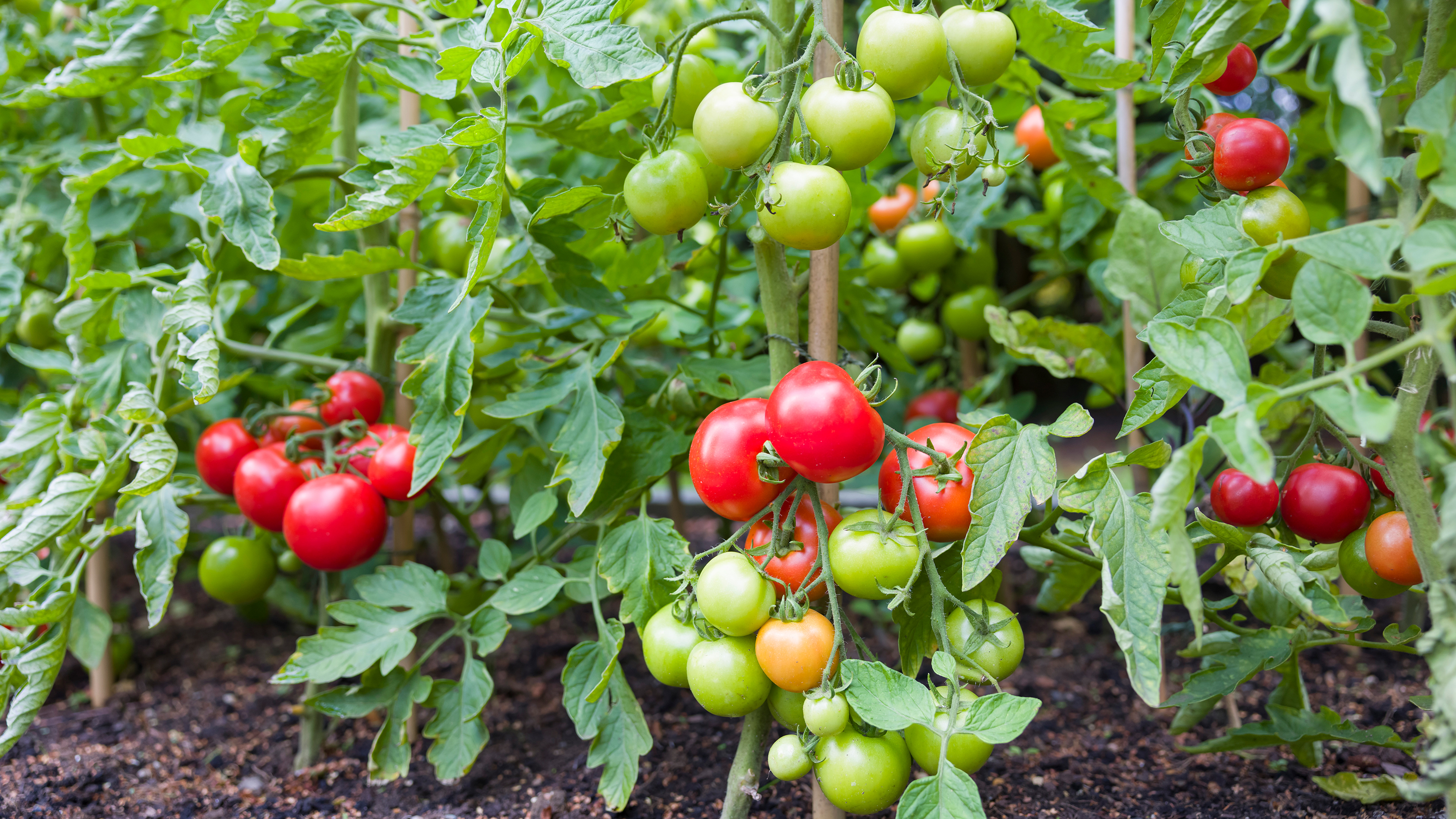

Kayleigh Dray
It's a truth universally acknowledged that, as easy as they are to grow, it's a rare person who knows how to prune tomato plants – and that's in spite of the fact it's a vital part of the maintenance.
We know, we know: you already know how to grow tomatoes (and you've gotten your tomato tapping technique down pat, too). All of that, however, means very little if you aren't going to show them the TLC they deserve.
'Pruning tomato plants is essential for encouraging healthy growth and maximising fruit production, because, by removing unnecessary leaves and stems, you ensure that energy is directed towards developing robust tomatoes rather than excessive foliage,' explains Craig Wilson, co-founder, director and in-house gardening expert at Gardeners Dream.

Craig Wilson, co-founder and director of Gardener's Dream Ltd has established himself as a key figure in the online gardening industry. With over two decades of plant knowledge and gardening experience, he takes pride in sharing his top tips and tricks for the garden.
'Pruning also improves air circulation, reducing the risk of diseases,' he adds.
How to prune tomato plants
Here in the UK, where variable weather can affect growth, learning how to prune tomato plants is key to achieving a bountiful harvest – but only if you're working with a cordon variety, because bush varieties can be left to grow as they are.
'Tomatoes don’t have to be pruned but if they aren’t they can get a bit unruly and only produce a small crop, so it is wise to know how to prune,' says Morris Hankinson, director of Hopes Grove Nurseries.

Morris Hankinson is the founder and managing director of Hopes Grove Nurseries Ltd, the UK’s only specialist grower-retailer of hedging plants. He established the thriving business in 1992, shortly after graduating with a Commercial Horticulture Degree from Writtle College, Essex.
While 'cordon varieties are best grown as single stemmed plants, you will notice they produce side shoots which grow really fast from the joint between the leaf and stem,' he continues.
Get the Ideal Home Newsletter
Sign up to our newsletter for style and decor inspiration, house makeovers, project advice and more.
'You should aim to remove these side shoots regularly to make sure the plant is putting all the energy into producing fruits and not lots of messy foliage.'
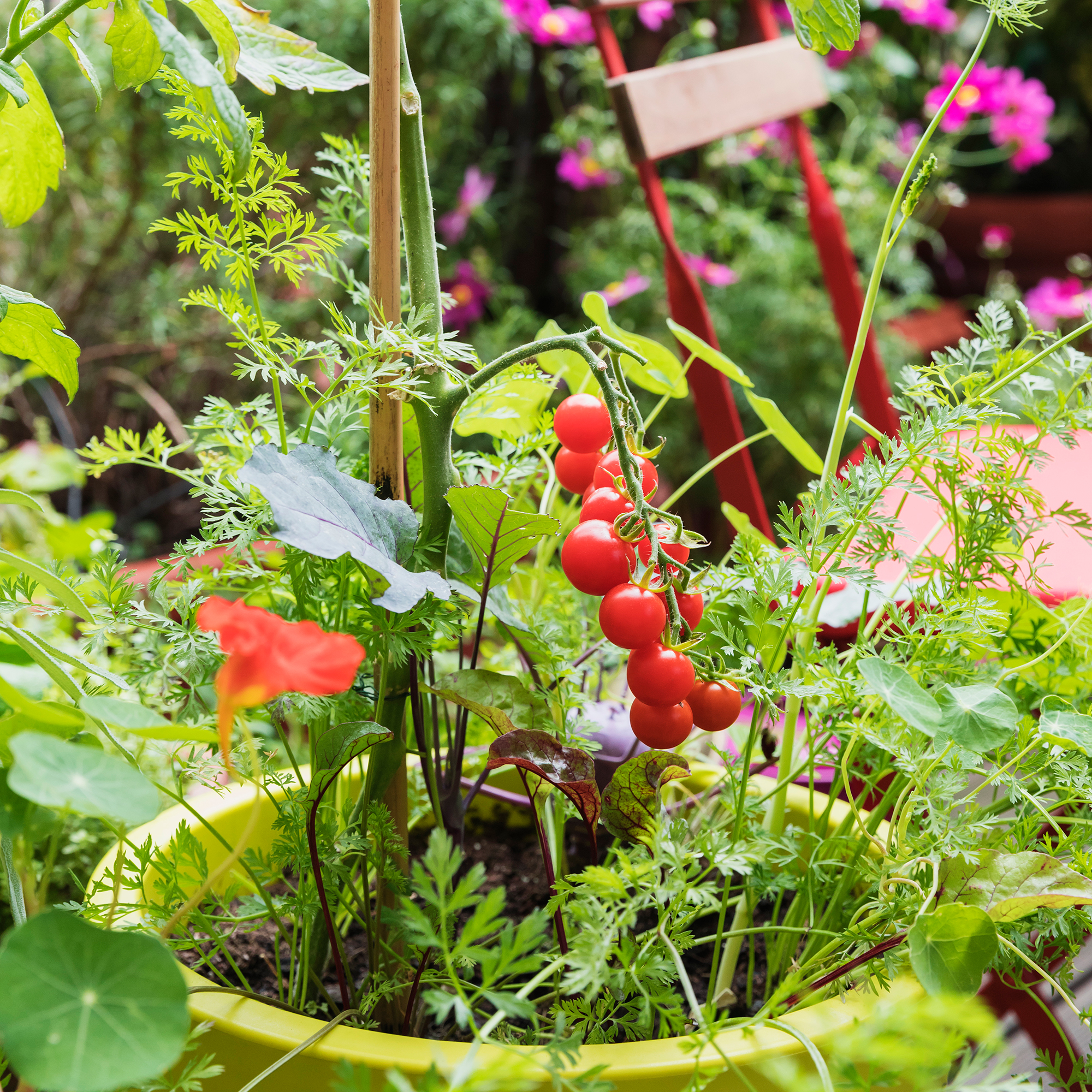
When to prune
Fun fact: knowing when to prune a plant is just as key to the success of growing tomatoes as knowing how to do it.
'Start to prune your plants when they have several branches coming off the plant and are around 45cm high,' advises Simon Crawford of seed specialists Burpee Europe. 'This can be in the growing period from around May to the end of the growing season.'
Once your plant has strengthened and has reached this height, you can get pruning. When you're ready you can help the plant along even further by taking the time of day into account.
'The ideal time of day to prune a tomato plant is in the morning on a dry day with no rain on the forecast,' explains Sean Lade, director of Easy Garden Irrigation.

Sean holds in-depth expertise in gardening and horticulture, with a focus on designing efficient irrigation systems. His solutions grace gardens and nurseries across the UK, embodying an environmentally-conscious approach to water usage. Sean is always happy to share knowledge, guiding gardeners and growers through regular training on irrigation best practices.
How to prepare for pruning
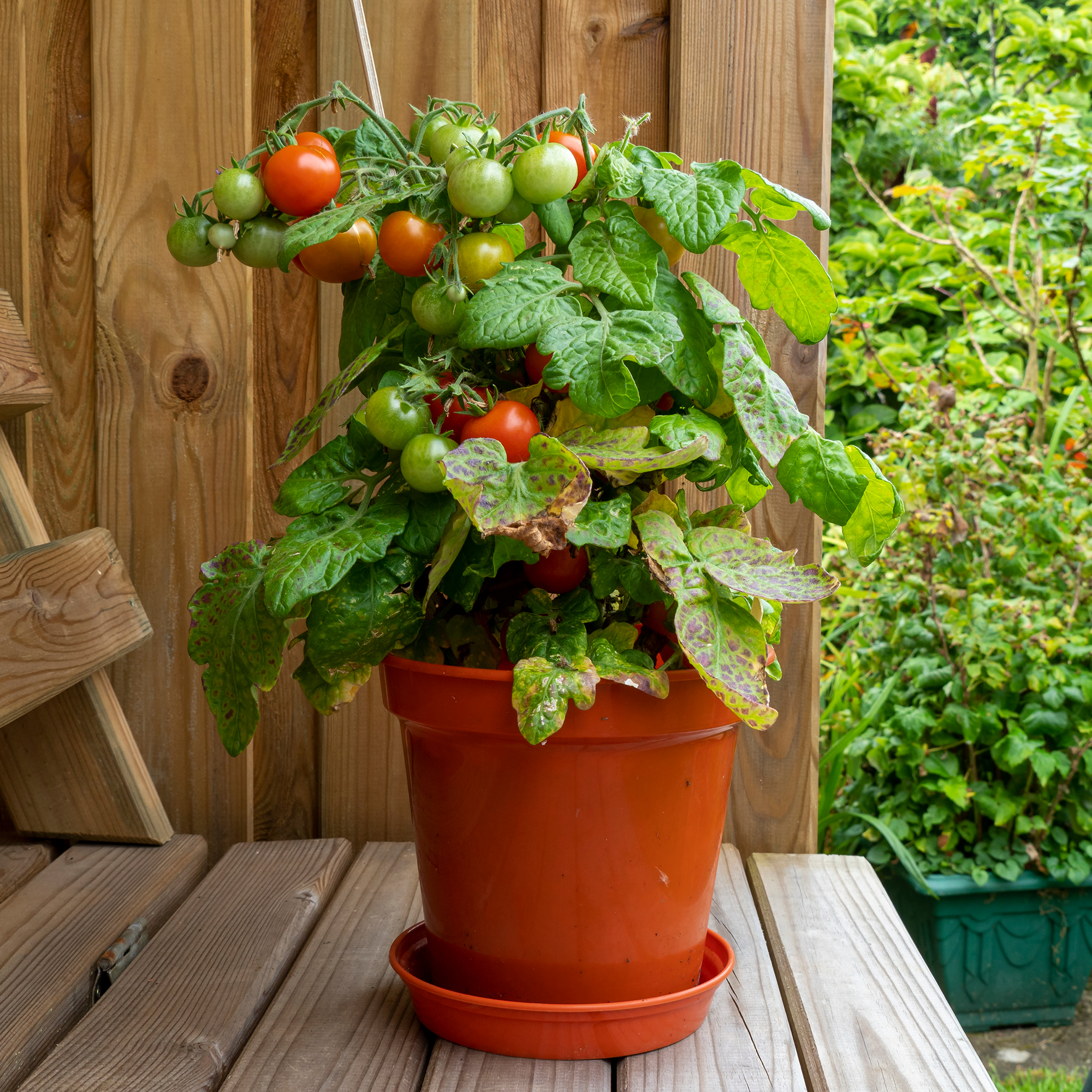
Before actually pruning, it's advised to prepare your plant properly. 'You want to start with removing any branches or low hanging leaves closest to the soil as this can act as a highway for any bacteria and unwanted moisture to cause trouble for your plant later on,' explains Sean.
This is the same whether you've taken over a section of your greenhouse with vines or are growing tomatoes in pots or grow bags on your balcony.
How to prune
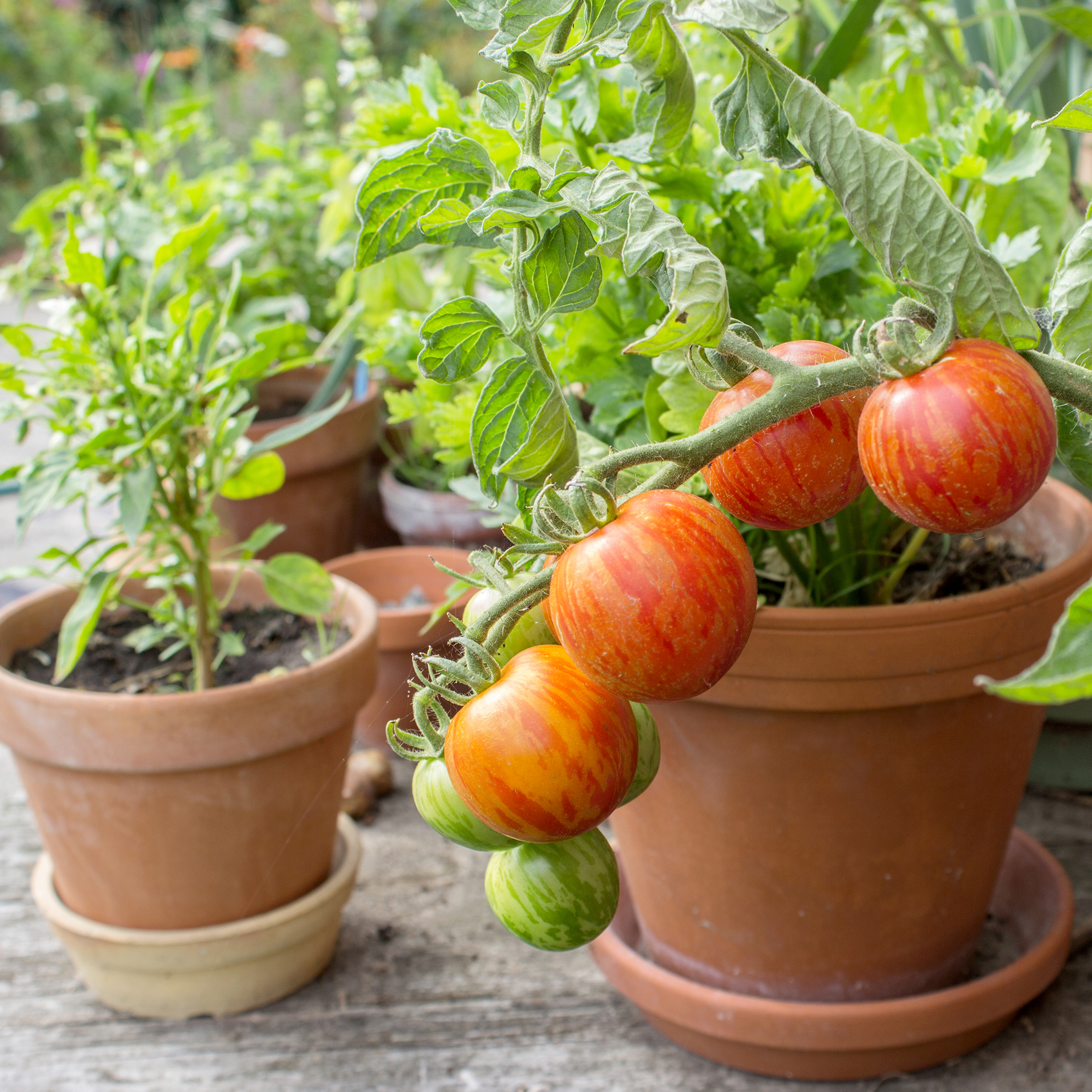
There are a few key steps to adhere to when learning how to prune tomato plants, as Craig explains below.
Step 1 - Identifying Suckers
'Start by identifying the 'suckers', which are shoots that grow in the axils between the main stem and the branches,' he says. 'These can eventually grow into full-sized branches, diverting energy from fruit production. In the early stages, suckers are small and easy to remove by pinching.'
Step 2 - Removing Lower Leaves
'Remove the lower leaves up to the first true fruit-bearing branch. These leaves are the most susceptible to soil-borne diseases and pests. Use clean, sharp scissors or pruners to make clean cuts, reducing the risk of damaging the plant or spreading disease.'
Step 3 - Pruning Suckers
'Prune suckers when they are about 5-10 cm long. Pinch them off with your fingers or use pruners for thicker stems. Be judicious in removing suckers; over-pruning can stress the plant and reduce fruit yield.'

Step 4 - Supporting the Plant
'After pruning, ensure your tomato plant has adequate support, such as a stake or cage. This support is crucial as the plant grows taller and the fruit begins to set, preventing branches from breaking under the weight of the tomatoes.'
Step 5 - Topping the Plant
'As the end of the growing season approaches, or if the plant reaches the top of its support structure, 'top' the plant by cutting off the tip of the main growing stem. This encourages the plant to stop growing upwards and focus energy on ripening existing fruit, particularly important in the UK's shorter growing season.'
Step 6 - Monitoring and Maintenance
'Continue to monitor your plants, removing any yellowing leaves or additional suckers that develop. Regular maintenance ensures the plant remains healthy and focused on producing fruit rather than excess foliage.'
How often you should prune
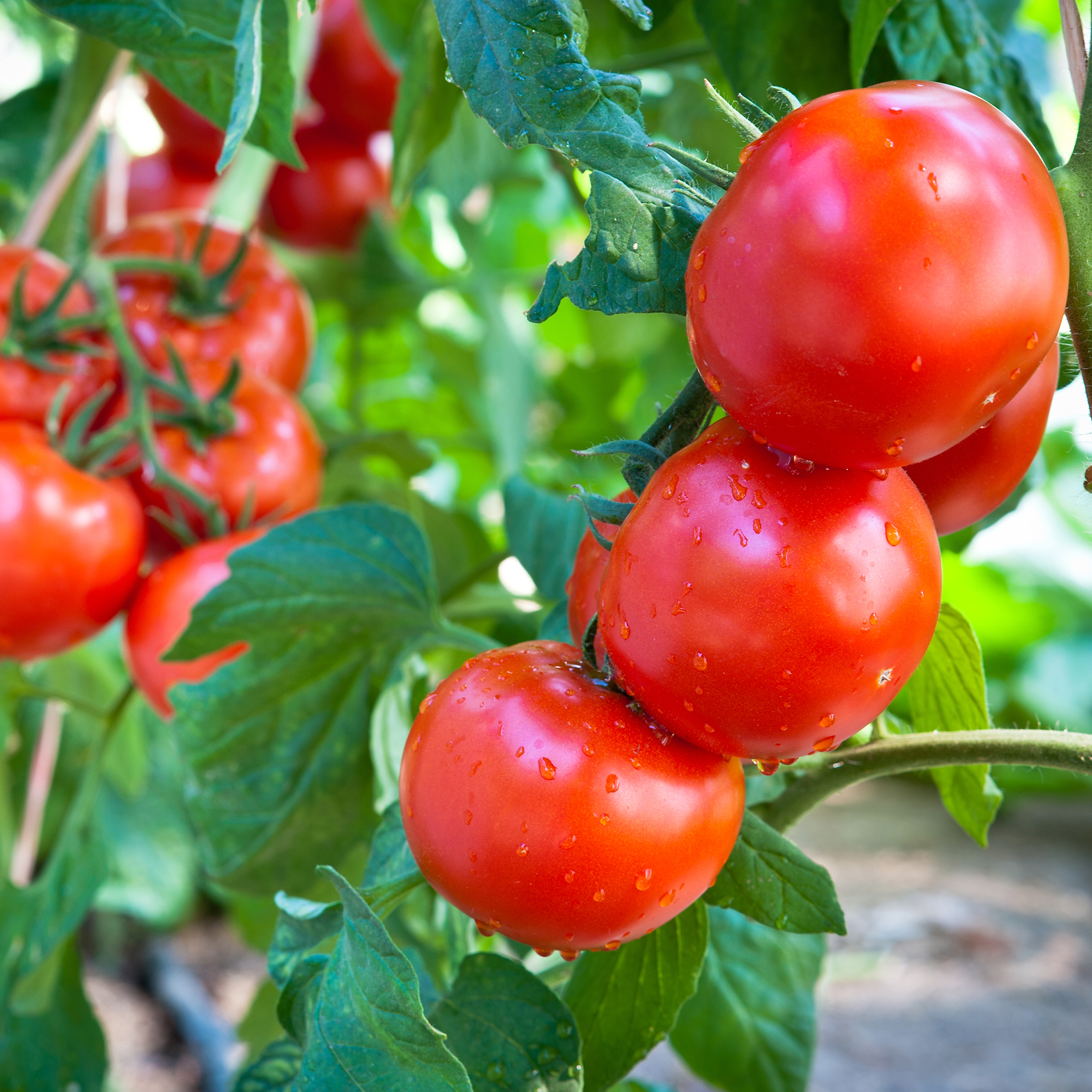
So that's pruning your tomato plants done and dusted... or is it? Well, tomato plants are a little needy and need regular pruning to keep them growing happily. 'This process can be continued weekly until there are no leaves left at all,' says Monty Don.
'Regular, gentle pruning will help maintain healthy plants and encourage a bountiful harvest,' adds Sean. 'Every time you water, check the plant for any new suckers. Just remember, every plant is unique, so observe and adjust your care as needed, and you'll be on your way to a bountiful harvest!'
Of course even regular pruning doesn't guarantee a load of ripe fruit, so if your green tomatoes aren't ripening make sure you take the necessary steps to get the plant back on track.
Pruning aftercare
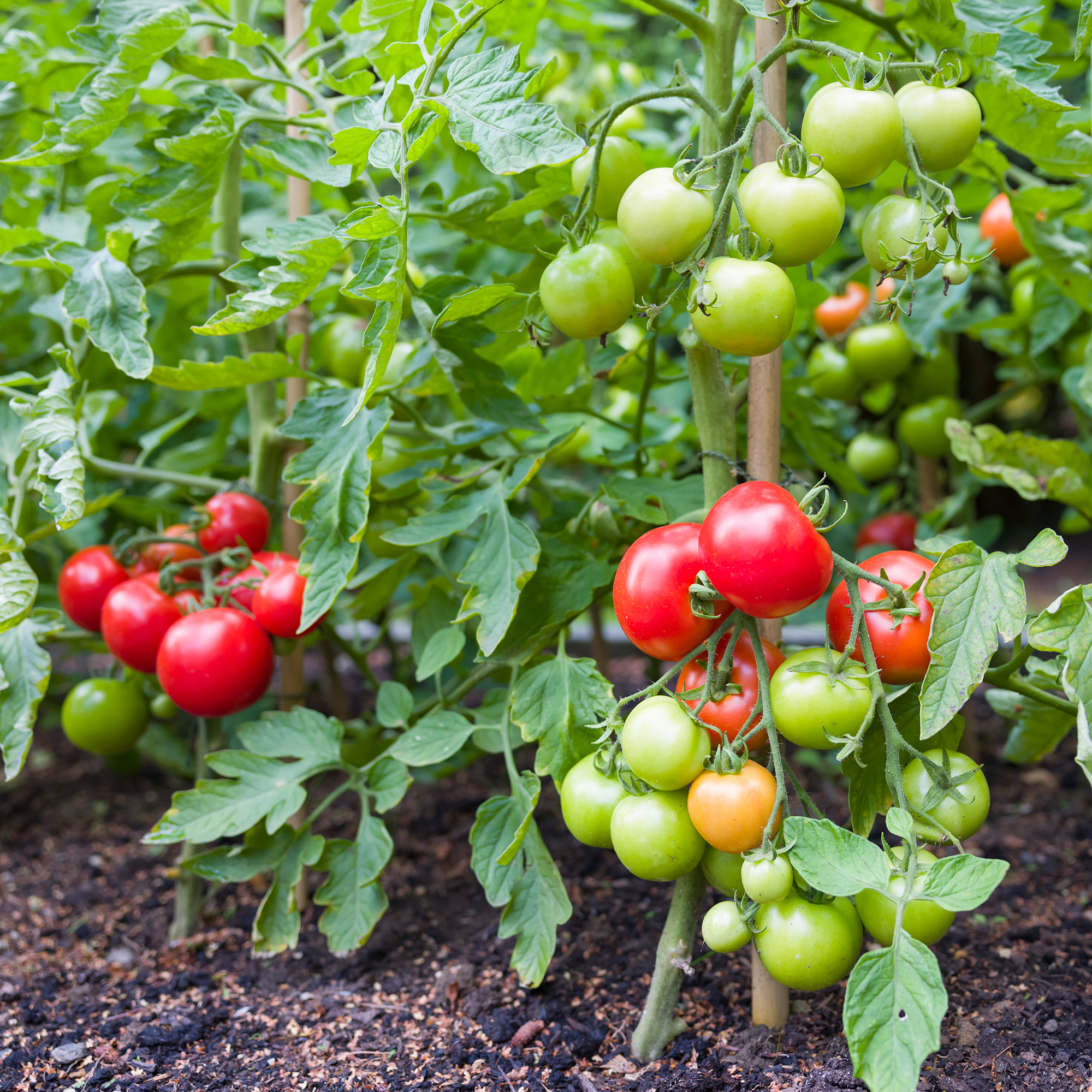
We don't want to literally cut and run after pruning. 'Feed your plants every week,' says Simon - you can do this just after you prune to keep things simpler.
One thing you may not be adding into you schedule, however, is tapping your tomato plants. Yes, you read that right. Sounds odd, we know, but it really will help your plant be as strong and fruitful as possible.
And, of course, tomato plants love water, so you'll want to be giving them a daily drink - whether that's a pruning day or not.
'Tomatoes need consistent watering to prevent problems like blossom end rot or splitting,' says garden expert Sean.
'Water them deeply but not too frequently, aiming for the soil to be moist but not soggy. Early morning is the best time to water, as it allows the leaves and soil surface to dry during the day, reducing the risk of fungal diseases.
FAQs
When should I prune my tomato plants?
'The ideal time of day to prune a tomato plant is in the morning on a dry day with no rain on the forecast. This is to reduce the chance of an infection to the plant and the wound will dry up and heal a lot quicker in dry weather,' says Sean.
Tomato plants are most likely going to need pruning from around Mary until the end of their growing season.
Which leaves to remove on tomato plants?
As mentioned already, the aim when pruning tomato plants is to remove any side shoots which grow from the joint between the leaf and stem.
'These are easy to remove by simply pinching them off between your fingers,' says Morris.
'If they do grow big before you’ve noticed them, you will probably need secateurs to ensure no damage is caused to the plant and to limit the spread of disease.'
What can I do with my tomato plant prunings?
Once you've pruned your tomato plants, don't feel you have to throw your cuttings away.
'Those side shoots don’t have to go to waste because they can immediately be planted into a pot of compost, where they should root easily and you will have free tomato plants,' says Morris.
Now that you know how to prune tomato plants, you've no excuse whatsoever for an unruly crop! Just be sure to keep an eye on those pesky side shoots, and keep them at bay over the growing season for a vibrant, tasty, and bountiful crop of tomatoes.

Thea Babington-Stitt is the Managing Editor for Ideal Home. Thea has been working across some of the UK’s leading interiors titles since 2016.
She started working on these magazines and websites after graduating from City University London with a Masters in Magazine Journalism. Before moving to Ideal Home, Thea was News and Features Editor at Homes & Gardens, LivingEtc and Country Homes & Interiors. In addition to her role at Ideal Home, Thea is studying for a diploma in interior design with The Interior Design Institute.
- Kayleigh DrayActing Content Editor
-
 Will a conservatory add value to your home and how can you maximise it?
Will a conservatory add value to your home and how can you maximise it?This is what the pros say
By Amy Reeves
-
 I’ve been looking for a new signature scent for my home and The White Company's new fragrance is the exact summer holiday smell I needed
I’ve been looking for a new signature scent for my home and The White Company's new fragrance is the exact summer holiday smell I neededSantorini smells fresh, summery and sophisticated
By Kezia Reynolds
-
 How to remove algae from garden walls in five steps – and the cleaning product experts rave about for tackling it fast
How to remove algae from garden walls in five steps – and the cleaning product experts rave about for tackling it fastExperts share their top tips for getting garden walls algae-free
By Katie Sims